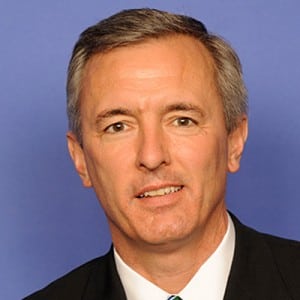
The chairman of a House subcommittee that oversees the Transportation Security Administration (TSA) wants the agency to look at the additional staff and resources it would need to strengthen a year-old task force charged with bringing new capabilities and technologies aimed at strengthening aviation security and at the same time improving efficiencies.Rep. John Katko (R-N.Y.), chairman of the House Homeland Security Transportation and Protective Services Subcommittee, said at a hearing on Thursday that he would like TSA’s response within a…

 By
By 











